Finding the perfect gaming headset can be tricky. There’s so much jargon separating you from knowing which set of cans are the right fit - literally. We have taken some time to try and distill that jargon into a few key details that you can use to find headphones that match your needs. The three most important factors when judging headphones are sound quality, comfort, and price.
The most important consideration when buying any audio gear is sound quality. If it doesn’t sound good, there is no point in spending money on it. Even on a budget, you can get a great sounding set of headphones, and there are some that are way overpriced for the quality you get - again, we’re looking at you, Beats. But the question remains: what makes ‘good’ sound? Some people like brain-rattling, bass-heavy sound, others prefer a more balanced sound. If you’re dead-set on a specific profile, or want to have the ability to experiment, we’d recommend choosing a headset that comes with EQ software, which allows you to manipulate the sound to your taste.

Comfort is not to be underrated. You’re going to spend a lot time with whatever pair of headphones you pick up; they will take you across vast wastelands, through grueling boss battles, season finales, and album releases. You’ll want to be there to experience everything, and won’t want to be distracted by pinched ears, pressure headaches, or a cramped neck. It’s important to take into consideration both the cups and the weight of your dream pair and make sure, above all else, you are happy wearing your cans for hours of uninterrupted sound. Fortunately, most modern gaming headsets are designed understanding this and are reasonably comfortable in a variety of price ranges. We’ve tested literally hundreds of headphones at TMS and will be brutally honest if we think a pair of headphones isn’t comfortable enough for our readers. Our favorite comfort pick? The HyperX Cloud Revolver S.
Finally, the price. Just ask yourself, what’s my budget? If it’s lower, ask yourself what you value most in a headset and when reading through our recommendations, make note of the ones that excel in that category. Also ask yourself what features are other companies offering in the same price range? Make sure you’re paying attention to the reputation headphone companies have in regard to service and returns. While we try and make sure our recommendations are enough to ensure your happiness, the best way to buy headphones is still to try them. Some companies/retailers have better return policies and you might want to try those out when experimenting. We talk a lot about value in our articles - it’s something that’s important to us. If we wouldn’t spend our money on it, we won’t recommend you do either. So, if it comes to price and you’re unsure, let us guide you. We have plenty of affordable recommendations, like the our best budget pick, the Corsair HS50.
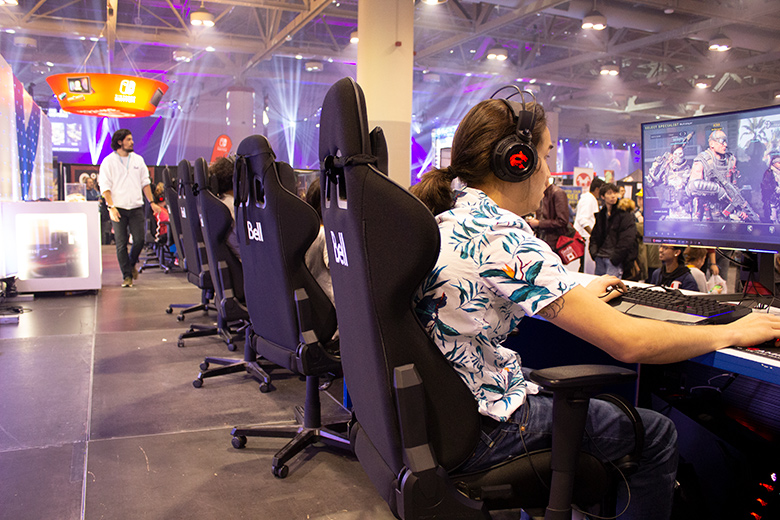
Stereo vs. Surround Sound For Gaming Headsets
There are two kinds of gaming headsets: stereo and surround sound. This spec is one of the easiest to compare when looking at gaming headsets. Don’t be fooled though, surround sound might not mean exactly what you think it does.
In a stereo headset, sound is delivered through two channels via two drivers (or speakers) - one in the left cup and one in the right. Surround sound, which in gaming headsets is almost always 7.1, refers to a setup in which sound is delivered through seven drivers and a subwoofer. Packing all those drivers into a headset isn’t always possible or affordable, so most gaming surround sound headsets are really just stereo drivers boosted with software that only replicates the experience of true surround sound. This is why most headsets boast the term “virtual” surround sound. Save for the monolithic ASUS Centurions, all the surround sound headphones on our list are using virtual surround sound technology, typically enabled by Dolby virtual 7.1 or DTS Headphone:X surround sound.
Another factor that is important when understanding surround sound is size. Not only the size of the actual drivers delivering the sound, but the space within the headset’s physical earcup. This size is what allows sound to disperse proportionately to eventually create the intended sound. This is where you need to be careful, because some headsets do it much better than others. Often, this is dictated by price. To be totally transparent, surround sound is kind of gimmicky in headsets. Although it’s an enjoyable for single-player games or action movies, for any online or competitive play you will probably want to use stereo headphones, as they make it easier to distinguish sounds in a space as confined as earcups. That said, we’ve highlighted the surround sound achievers in our list. So, if you’re unsure, be sure to check that out. And if you want a more music-focused pair of headphones, check out our list of the best headphones of this year.

Headset Drivers Explained
As we’ve already mentioned, the speakers inside your headset are called drivers. The most common method of comparing drivers is by size in millimeters (mm). The average size of a driver in a gaming headset is 40mm. Some use 50mm, some 30mm and true surround sound headsets even use 20mm as rear left/right additions. It is important to note that a larger driver does not mean a louder or higher quality sound. Sure, larger drivers have been known to produce lower bass frequencies, but the quality of the driver is more important than size. There are other factors at play when determining the quality of a driver: the mass of the driver, what materials are used to make the driver, how the driver has been tuned, and the size of the enclosure (earcup) that the driver is placed in.
All of this information isn’t readily available, but this is all to tell you that bigger does not equal better. And to pay attention to your spec sheet, because companies like SteelSeries often use the same drivers across multiple headsets. A good example would be the SteelSeries Arctis 7, which uses S1 drivers, also found in their more premium models selling for double the price.
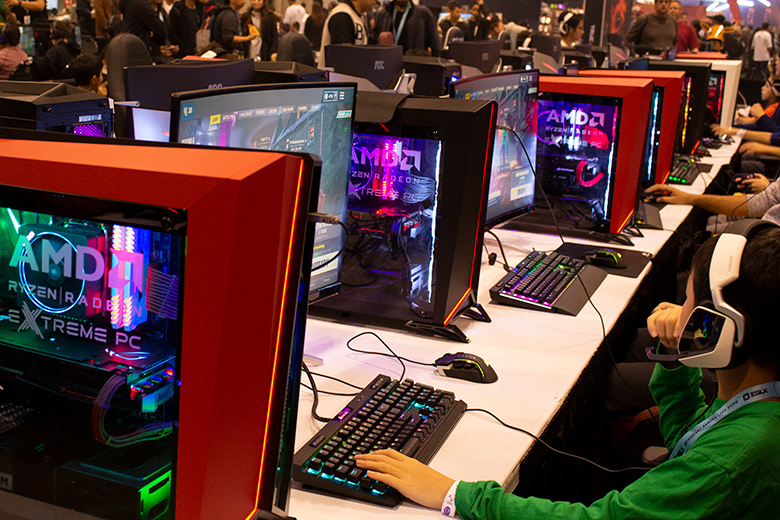
Headset Sensitivity Explained
Another term you’ll see accompanied by a smattering of numbers is sensitivity or SPL (sound pressure level). Essentially, this is a measurement of how loud a headset will produce sound at a particular power level - the highest SPL rating on this list is the Creative Sound BlasterX H7 Tournament Edition. However, it’s worth taking this spec with a pinch of salt. Due to variance in power sources (amps, interfaces etc.) the measurement of sensitivity is not always a true representation of how loud the headset will sound for you. Also, as sensitivity is measured in decibels per miliwatt and power from your PC - as well as every other electrical device on the planet - is delivered in volts, the methods used by companies to arrive at their value of sensitivity can be inconsistent. Which doesn’t really help anyone in deciding whether a particular headset is right for them.
At this point we’d like to give you the best piece of advice out there surrounding headsets: test them in person. Order some online and, if you’re not happy with them, swap them for another set. As we mentioned before, be sure to check the refund/exchange policy of individual manufacturers. Alternatively, you can always test headsets in-store at multiple retailers.
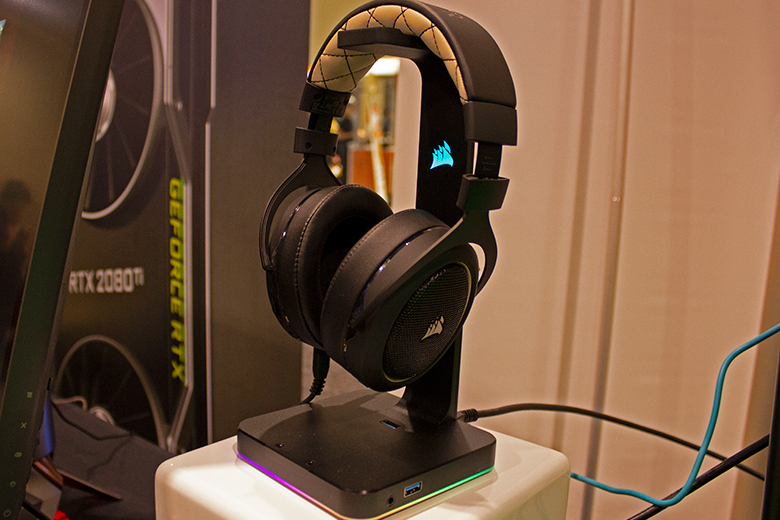
EQ Explained
Great headsets offer great sound by offering great flexibility. Most of the best headsets on our list come with some sort of EQ option, like the SteelSeries Arctis Pro Wireless. EQ is your headset’s companion software that allows you to alter its sound profile, in order to match your tastes. Sometimes, this customization is limited to presets – pre-programed sound profiles like “bass boost” or “podcast” that gamers can cycle through.
As we discussed earlier, people like different types of sound. So, a bass boost preset for one person may not be to the taste of another. Using your gaming headset’s customizable EQ option allows you to manually adjust specific frequency ranges to achieve different types of sound. This can sound and even look daunting the first time you see an EQ graph. However, if you remember, there’s only three main areas to alter: Bass, Mid, and Treble. Each section will only have an increase or decrease option available, and it can be as simple or complicated as you want it to be. Our recommendation is to fiddle until you find an EQ you fall in love with.
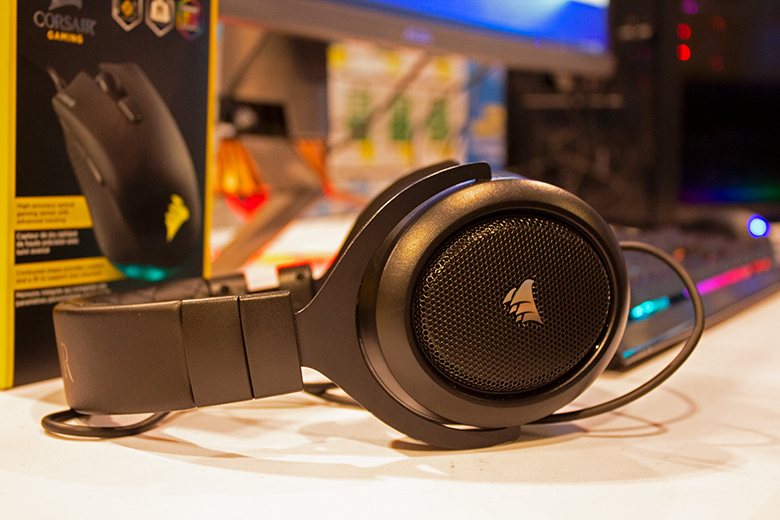
Connections Explained
The most common types of connection for gaming headsets are 3.5mm and USB. You'll also sometimes see optical connections. Let's break them down.
3.5mm connections are the round ports found, not only PCs, but also on many cell phones, tablets, T.Vs, car stereos, and pretty much anything else that emits sound – think of the coveted auxiliary cord in the Uber. There are two major benefits to using a headset with a 3.5mm connection. First, you can use it on almost any device. For instance, the Logitech G430 is an average-sounding headset at an entry level price, but because it can be connected to more devices than BestBuy has in stock, it makes the pick a bit stronger. Another advantage of the 3.5mm connection being used on PC’s is that only audio devices use 3.5mm connections - so you should always have room to connect. Think about a scenario where your computer - like one of ours, unfortunately - is running low on available USB ports. A 3.5mm connection could free up the port that the USB microphone would occupy. One potential disadvantage to buying a headset that used a 3.5mm connection is the quality differences, if either your headset or the connected device isn’t up to snuff. A $500 pair of cans can sound dreadful when played through a gas station MP3 player’s 3.5mm connection.
USB connections can offer a huge sound advantage because their connection is completely digital. So, unless you manage to physically damage your USB port, your signal should be damn near perfect. A downside you should be aware of when thinking of going the USB connector route is the fact that not every device has a USB port, or if it does, it might not support audio output. For example, there’s no USB port on your phone or tablet and the ones on most TVs don’t support audio output. This seriously limits the potential value of headsets like the Sennheiser PC 373D, which are an amazing headset but can only be used at your computer.
Optical connections — like USB – are digital connections and come with similar benefits. However, unlike USB, they are designed for audio-use only - meaning, if you have one on a device, chances are it will be free to use. That if, is pretty big though, because unless you have an expensive motherboard or an upgraded soundcard, it’s unlikely your device will even have an optical connection. The most likely place to find them is on modern TVs or gaming consoles. This is due to the popularity of TV surround sound systems and gaming headsets on consoles. This is why the Astro A50 is such a versatile choice. Although expensive, it has USB and Optical connectivity - meaning it can be used on a vast majority of devices around the home.
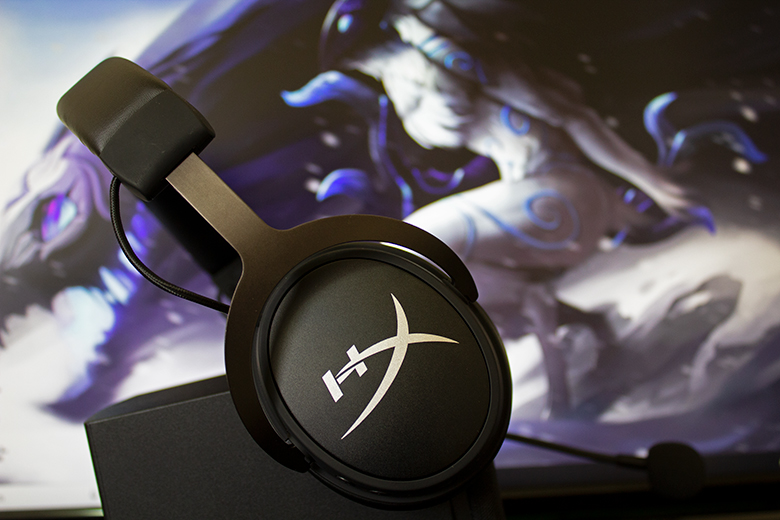
Open- vs. Closed-Back Gaming Headsets
Ah, the age-old question you’ve probably never asked yourself: open or closed? The open/closed back headphone dilemma refers to whether the design keeps sound isolated within the headset or allows it to interact with the air.
Closed-back headphones restrict external noise entering and internal noise leaving your headset. The main benefit of this for gamers is increased immersion, as you are unlikely to hear any external noises which could distract you from your game. Another benefit for any late-night gamers out there, is that closed-back cans can help keep sound in so you won’t disturb anyone in your house at 4am when you declare war on an enemy clan. A couple of potential downsides with the closed-back design are comfort and sound quality. Due to the lack of airflow in and out of the headset, closed-back - especially leather coated - headsets can get sweaty, which is never comfortable. More importantly, because noise is trapped inside the headset it can sometimes create an unnatural sounding or bottled-up audio. This is entirely subjective, so it’s definitely worth checking out yourself. The best closed-back headset on our list is the HyperX Cloud Revolver S.
Open-back headsets come with the opposite pros and cons. You'll be able to hear most external noises and, if you have the volume cranked too loud, anyone in the house will hear whatever it is your listening to as well. Open-back headsets are generally more comfortable, as they naturally ventilate, and sound tends to come across more naturally. Personally, we prefer open-back, due to comfort and sound quality - however, these pros and cons vary significantly across different models. You should also be aware that just because some headsets look open-back, doesn’t mean they are; just because it has a grille doesn't mean it's open.
Open-back headsets come with the opposite pros and cons. You'll be able to hear most external noises and, if you have the volume cranked too loud, anyone in the house will hear whatever it is your listening to as well. Open-back headsets are generally more comfortable, as they naturally ventilate, and sound tends to come across more naturally. Personally, we prefer open-back, due to comfort and sound quality - however, these pros and cons vary significantly across different models. You should also be aware that just because some headsets look open-back, doesn’t mean they are; just because it has a grille doesn't mean it's open.
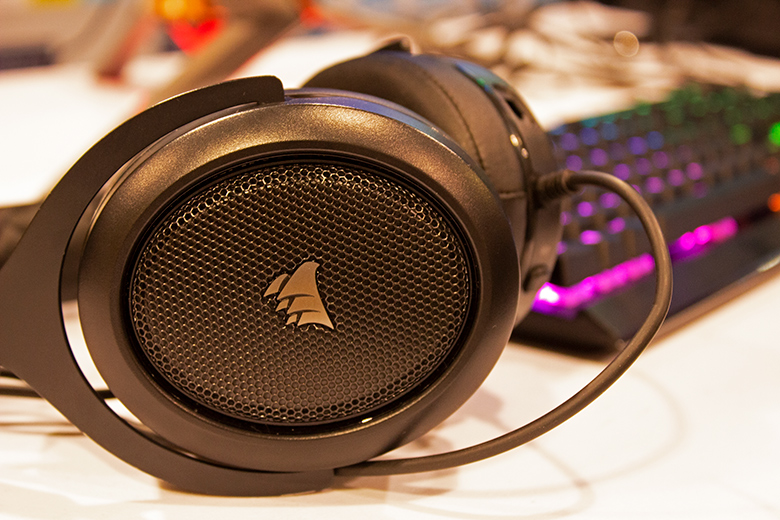
Gaming Headset Mics Explained
To no one’s surprise, not all the mics found on gaming headsets are created equal. While it might seem unimportant to most gamers, who only care about what they’re hearing, having a quality microphone can make a huge difference. We’ve all muted those teammates with the hot mics or the Darth Vader feedback. If you’re playing a team-based game, you can improve everyone’s experience - even your own - by having a decent mic.
The majority of gaming headset mics are unidirectional, meaning the pickup pattern only accepts sound from a single direction, usually in the front. This is mostly a good thing, as your friends on the other end don’t want to hear your partner asking why you didn’t replace the garbage bag. But unidirectional isn’t necessarily the best way to convey your voice. Surprisingly, a good bi-directional mic, like the SteelSeries Arctis Pro Wireless which pick up noise from the front and back, actually works better. Working in a figure eight, the pick-up has a tight front and back pattern that rejects noise from the sides and anything further than eight inches away. This creates something called the proximity effect, a natural frequency boost across the bottom end, resulting in a richness that unidirectional tech lacks. It also helps with the noise cancelling effect, as only acoustic sources very close to the mic receive the Proximity Effect. And don’t be confused, audio nerds: the Proximity Effect might be a negative thing for music recording, but for boosting your mic volume during a game, this is good to have.
Any gaming headset that says it's noise-canceling usually means bi-directional. True noise-canceling microphones, or active noise-canceling microphones, are referring to technology that requires additional power, circuitry, processing, and considerably higher price tags than anything in our list.
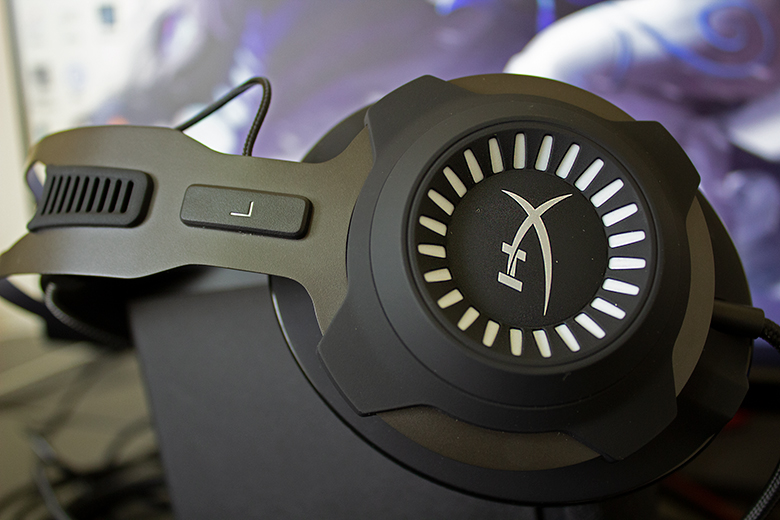
Impedance Explained
Another term you may find whilst browsing the extensive catalog of gaming headsets is impedance. Measured in ohms (Ω), this refers to how much power your headset will need to operate.
Ordinarily, it's hugely important when buying headphones, but not so much for gaming headsets. Most come with digital connections (USB or Optical) which have fairly standardized power outputs. Those that don’t, come with their own in-line or standalone amp/wireless transmitters. The all-in-one convenience of gaming headsets is half their charm - and half their limitation - something which is definitely highlighted in their plug-and-play functionality. We’re not saying people haven’t plugged their 3.5mm Razer Kraken Pro V2 into a 1/8”converter and blown them on some monster amp - we’re sure they have – but part of the premium price tag you pay when purchasing one of these products goes towards maximizing accessibility while minimizing the necessity for an audio engineer’s know-how.
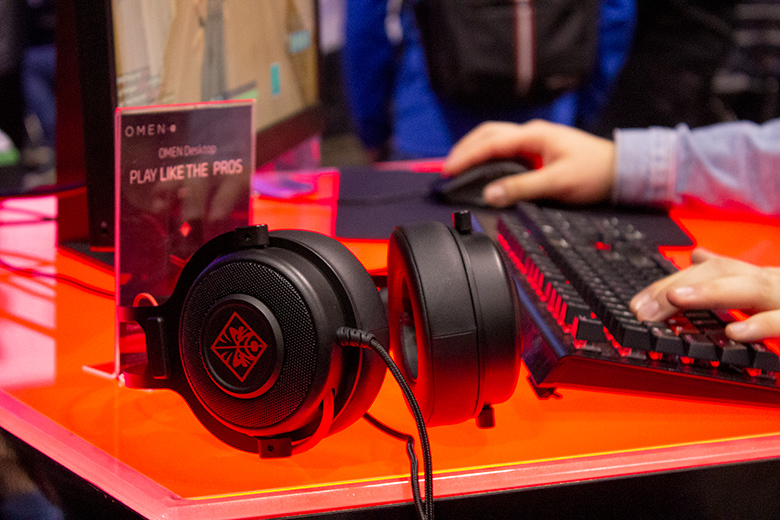
Does this make the spec irrelevant? Well… no, not always. It will come as no surprise that some of the best sounding in our list also have the highest impedance. The HyperX Cloud Alpha comes in at 65Ω, Sennheiser 373D at 50Ω, and the Astro A50’s at 45Ω. Of course, impedance isn’t the only thing that affects sound quality, but it’s an interesting spec to take note of in a space that doesn’t require it - especially when making informed decisions.



Post a Comment